The Smithsonian's National Zoo marked on Saturday an important milestone in its giant panda program and partnership with China to conserve the unique species.
Visitors enjoyed watching male cub Xiao Qi Ji and his mother Mei Xiang devouring frozen treats from an outdoor yard at the zoo's famed giant panda habitat in the morning, as well as male adult Tian Tian receiving his ice cake with lunch at noon.
The "eating shows" were part of the zoo's "Pandaversary Party" in celebration of the giant panda program's 50th anniversary and decades of China-U.S. collaboration in saving the bears from extinction.
Partygoers also had the opportunity to taste giant panda-shaped "Baozi" buns, try Chinese calligraphy, and watch lion dance performances and the world premiere of the Smithsonian Channel's documentary "The Miracle Panda."
Chinese Ambassador to the United States Qin Gang and members of the embassy toured the giant panda habitat on Saturday morning, accompanied by Director of the Smithsonian's National Zoo Brandie Smith.
Qin made a brief remark, saying that over the past 50 years, China and the United States have worked together and achieved a lot in the conservation of giant pandas, which are no longer an endangered species.
In a tweet later, the Chinese ambassador wrote that it was "a heart-melting experience" visiting the zoo in northwest Washington, D.C. and seeing up close the three charismatic bears living there.
"Look forward to greater success in China-US cooperation on giant #panda conservation," he added.
Lonnie G. Bunch III, secretary of the Smithsonian Institution and historian, tweeted that he remembers standing in line at the National Zoo to "see the famous pandas, whose presence in Washington marked a significant moment in science, culture, and diplomacy."
In 1972, then Chinese Premier Zhou Enlai gifted two giant pandas to the United States as a gesture of goodwill following then U.S. President Richard Nixon's groundbreaking trip to China. The Nixons selected the Smithsonian's National Zoo as female Ling-Ling and male Hsing-Hsing's home in the United States.
The chubby bears from China with distinctive black-and-white markings arrived in Washington D.C. on April 16, 1972. Several days later, then first lady Patricia Nixon formally welcomed the giant panda pair to the zoo, who were the top attractions there until they passed away separately in the 1990s.
Mei Xiang and Tian Tian came to the U.S. capital in December 2000. Xiao Qi Ji -- which means "Little Miracle" in Chinese -- was born to Mei Xiang during the summer of 2020, who was artificially inseminated earlier that year using frozen semen from Tian Tian. Senior curator of mammals Bryan Amaral told Xinhua on Saturday that all the three giant pandas are in good health.
Native to southwest China, the giant panda is one of the most beloved animals in the world and has come to symbolize vulnerable species.
About 1,864 giant pandas live in their native habitat, while another 600 pandas live in zoos and breeding centers around the world.








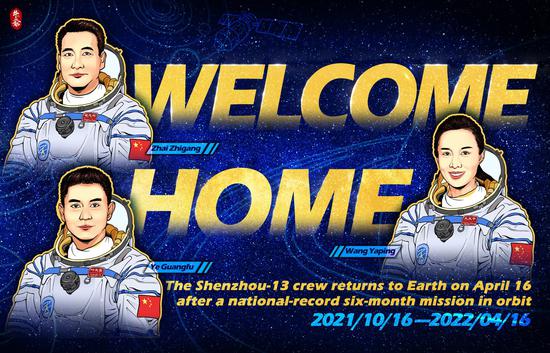
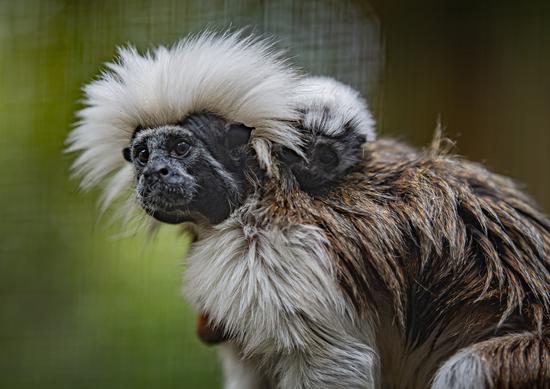
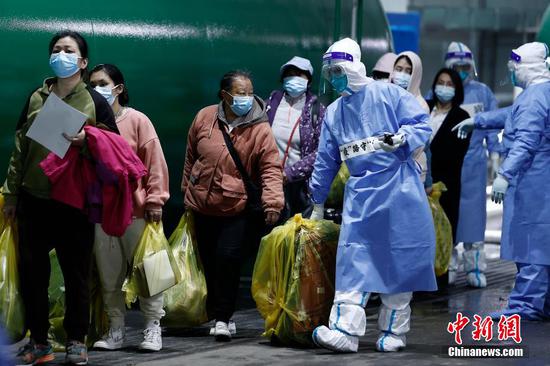

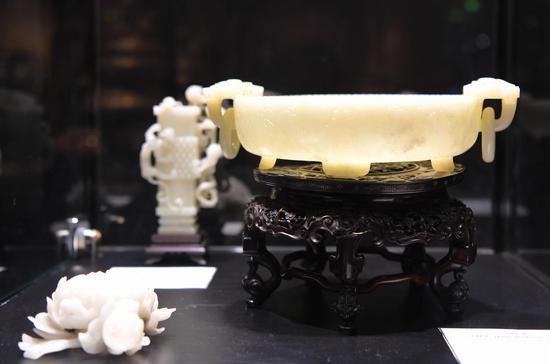



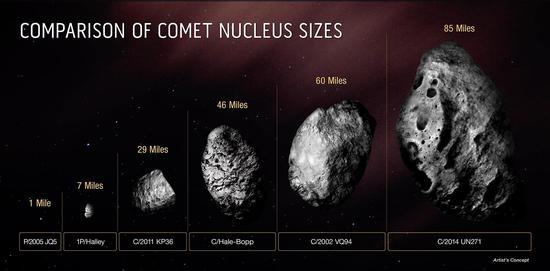

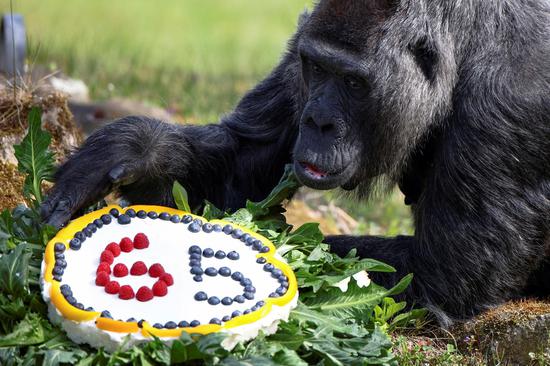
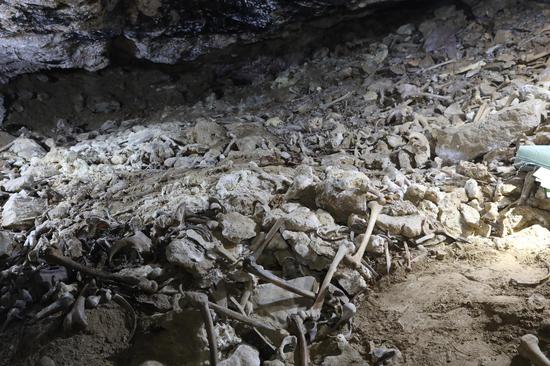

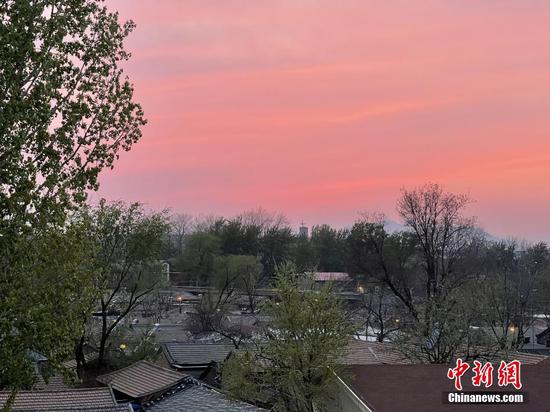

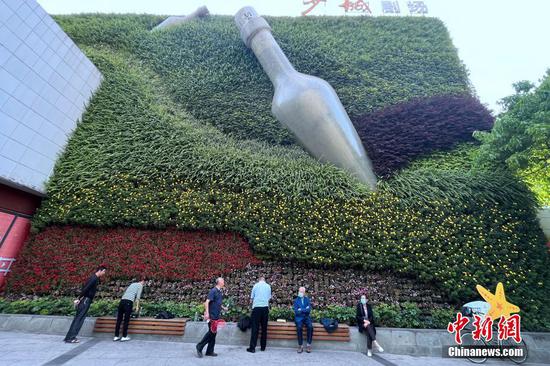





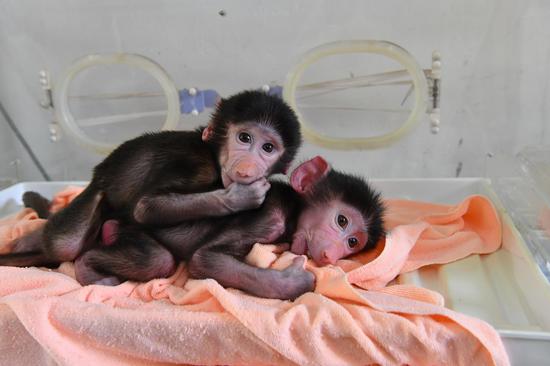
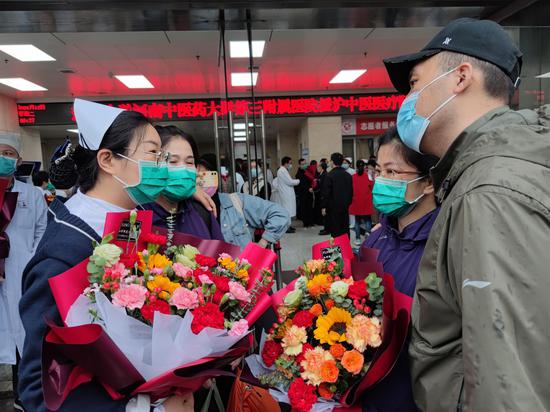
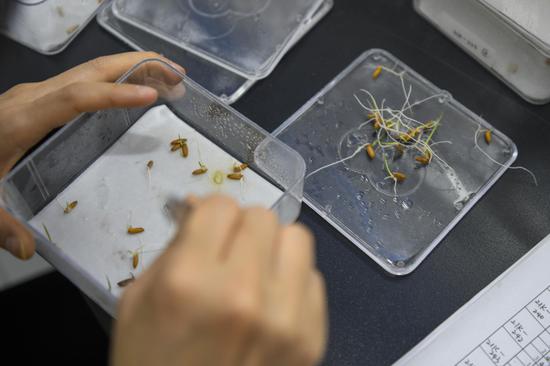


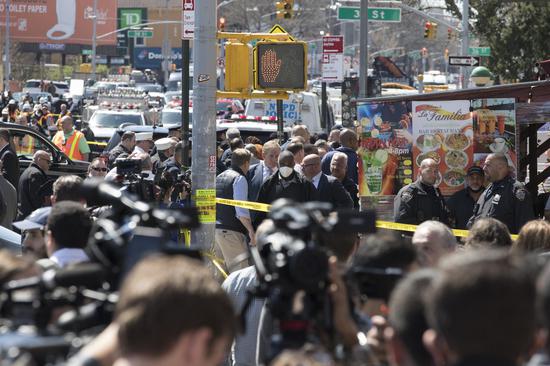



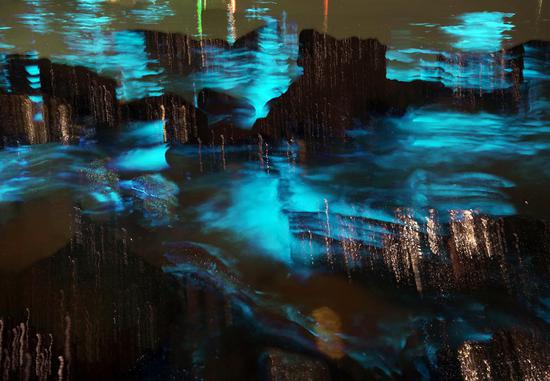


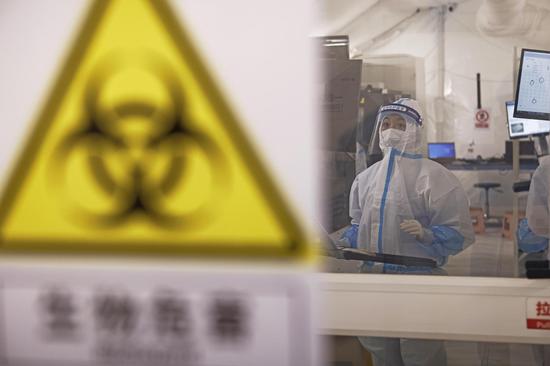
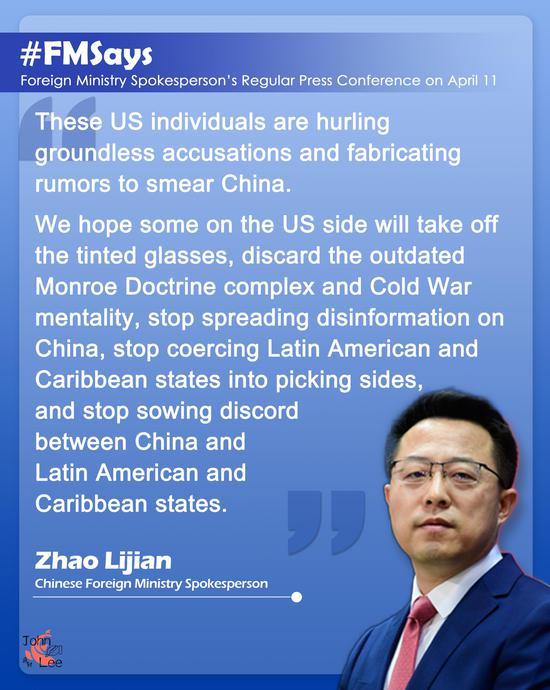
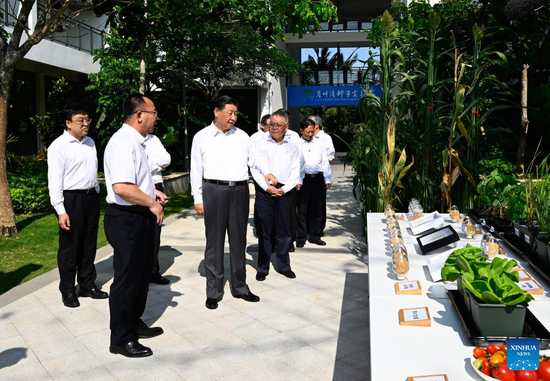






 京公网安备 11010202009201号
京公网安备 11010202009201号